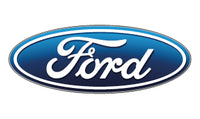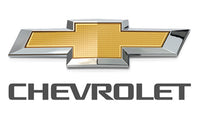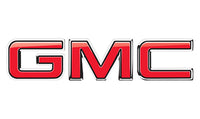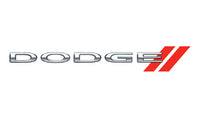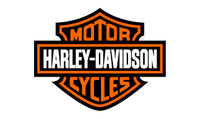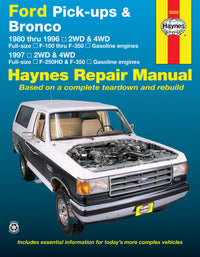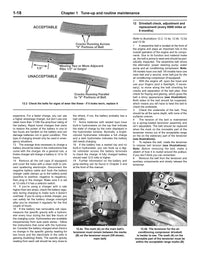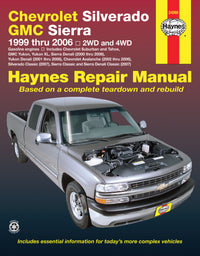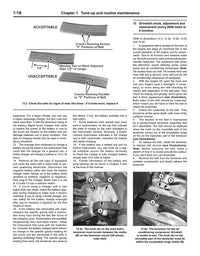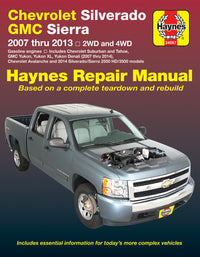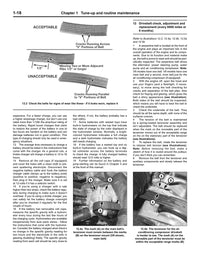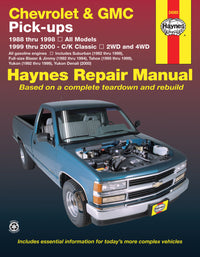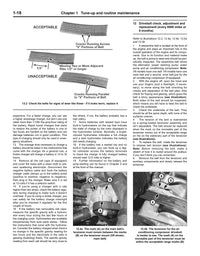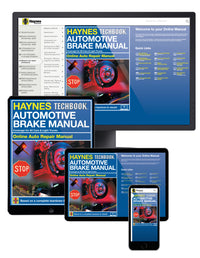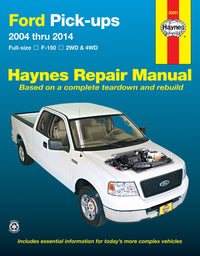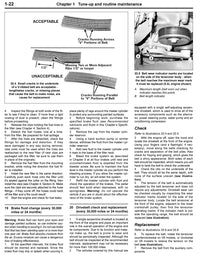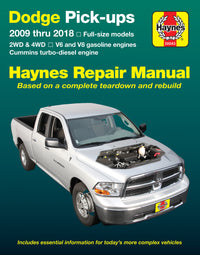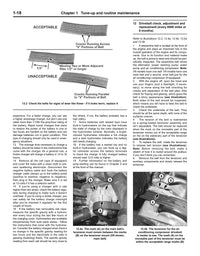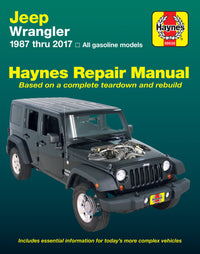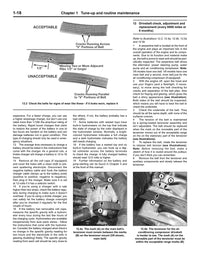A car’s electrical system is a bit like your body’s circulatory system in that it has a battery (the heart) from which electricity (blood) flows along the wires (the blood vessels) to the parts that require it, before returning to the battery.
In fact, the analogy is closer still when you consider that like blood, the electrical current flows in only one direction – from the battery, to the part being powered and back to the battery through the car’s metal body.
Not only that, just as blood flows under pressure, so does electricity. The pressure it flows at is measured in volts and the amount of electricity that is flowing, in amperes, usually shortened to amps, although this figure is more usually expressed by another measure called watts.
As the electricity flows, it encounters resistance when the wire can conduct less of it (a bit like a narrower blood vessel), an effect that is measured in ohms. If this resistance is too high (in other words, if the wire is too thin) heat is generated.
This happens in a light bulb where the thin filament cannot conduct the electricity easily and so is turned white hot by it in a gas that won’t cause it to burn.
What role does the battery play?
The battery stores the electricity generated by the car’s alternator and distributes it around the car to the vehicle’s so-called ancillary circuits that include the lights. The other main circuit is the power-hungry ignition circuit that includes the spark plugs, while the starter motor has its own connection.
Most batteries are rated at 12 volts and have from 200 to 1000 amps depending on the size of the vehicle and the likely demands on the electrical system.
You may see the battery described as 56amp/hour. This is its capacity and means it can deliver one ampere of power for up to 56 hours.
How does current flow?
The current flows out of the battery in one direction via its positive terminal and back to it via its negative one, also called its earth terminal because it is earthed to the car’s body so cannot electrocute you. Such a set-up is called an earth-return system.
The electricity flows down wires of different colours (and resistance) all bundled together and running the length of the car. This is called the writing loom.
It is very complex and has wires running off it at intervals to connect with components that require power.
What is polarity?
Most electrical parts accept the current flowing to and from them in only one direction. This is called polarity and an electrical system where the battery negative terminal is earthed is called a negative earth system.
When fitting electrical components to your car, check which polarity they are (negative or, in the other direction, positive). There should be a switch on the unit enabling you to select the correct polarity for your car to avoid damaging the component.
Why do my lights dim when I start the car?
When you start the car, most of the current flows from the battery directly to the car’s starter motor through a dedicated heavy-duty connecting cable that offers less resistance. It does this because a lot of amps are required (perhaps as many as 200) to turn over the engine. As a consequence, the car’s lights may dim briefly as they are starved of power.
Why is my car harder to start in winter?
The amount of electrical power in the battery is influenced by the outside temperature. When it’s around 0deg C, the battery has around 50% less power than normal and struggles to provide sufficient power for the starter motor to turn the engine over.
What is a 48-volt system?
As modern cars become more sophisticated and demand more electrical power to drive components such as turbochargers and water pumps, as well as electrical motors that will actually power the car and computer systems that will enable autonomous driving, so their electrical systems will have to move from the existing 12 volts to a more powerful one with 48 volts.
However, the car’s lights and supplementary services are likely to use a 12-volt system running alongside.
What do a car's fuses do?
Fuses are often found behind a cover in the car’s dashboard and if you look on the reverse of the lid you’ll see a graphic showing which electrical components they connect with. You’ll also see that each has a power rating, expressed in amps that matches the normal power rating.
In the event that the current flowing down a wire overcomes its resistance, or the wire itself is broken, and blows a bulb or starts a fire, the fuse’s job is to ‘sacrifice’ itself by blowing and breaking the circuit, so preventing further current from flowing.
If power flows on a loop around the system, how come the resistance it encounters doesn’t affect its ability to power, for example, the car’s two headlights at the same intensity?
If the power flowed directly from one bulb to the other, the resistance would be doubled and the current halved by the time it reached the second bulb, meaning it would burn less brightly. Components where current flows from one to the next like this are known as being ‘in series’.
To avoid the problem, they are wired ‘in parallel’, or side by side, so that in the case of the two bulbs, the current flows directly to each indepdendently, rather than through one to the other.
Why won’t the car's electrics work until I have turned the ignition key?
Most components in the ancillary circuit are wired through the ignition switch so they only work when the key is turned. This prevents them staying on and draining the battery of power after you’ve parked the car and turned off the engine. Exceptions include the side and tail lights, which you may need to leave on in certain circumstances.
Why can I turn on the radio without turning on the ignition?
Because it’s wired to come on when you turn the key half way to the auxiliary position. It doesn’t consume much power so you can operate it without having to run the engine.
